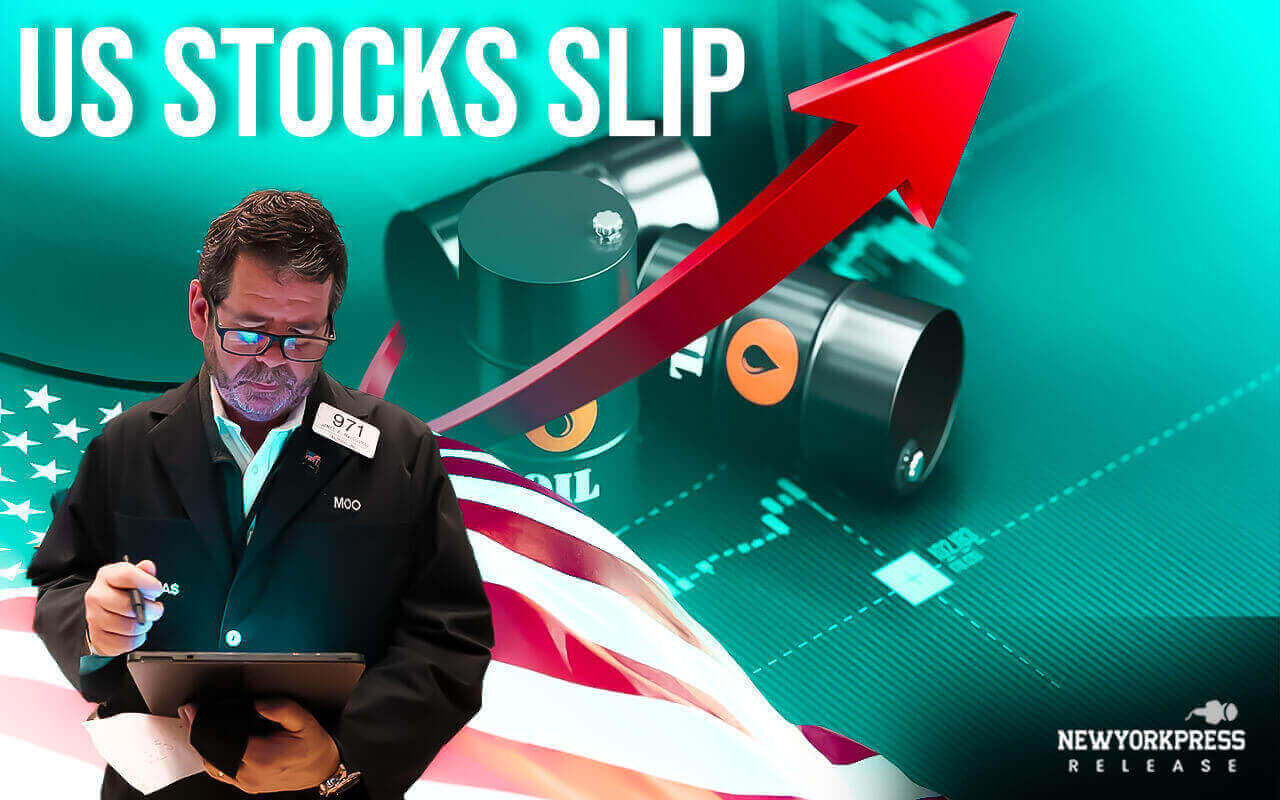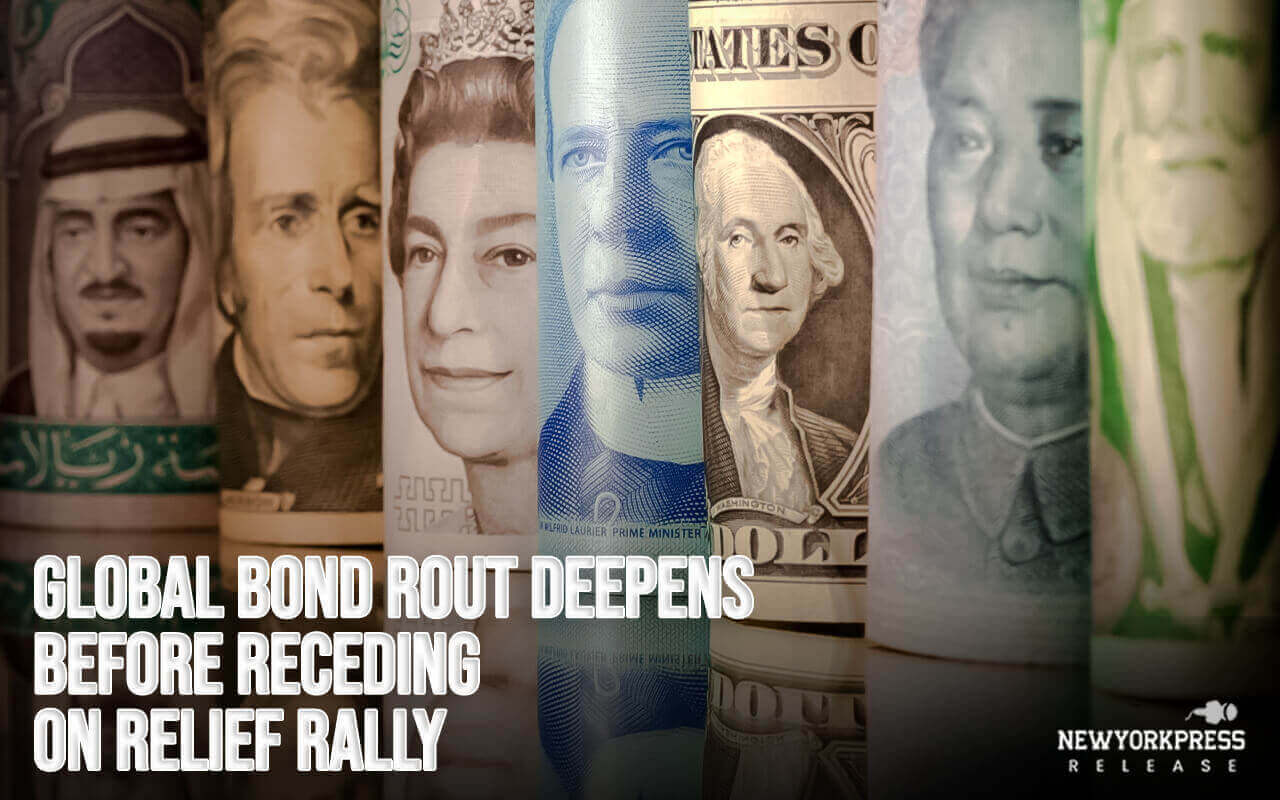US stock slipped on Monday as the military conflict in the Middle East lifted oil and Treasuries, while the sizzling September US jobs report elevated the rate stakes for inflation numbers later in the week.
Holidays in Japan and South Korea made for thin conditions, but the starting bid was for bonds and the safe haven for Japanese yen and gold, while oil prices rose by more than $3 a barrel.
The Israeli shekel initially sank to its lowest since early 2015 at 3.3880 a dollar, prompting the nation’s central bank to offer to sell up to $30 billion for shekels.
The prompt action helped the currency pare losses to 3.9050, while the central bank also mentioned it would offer liquidity to markets as required.
“The risk is higher oil prices, a slump in equities, and a surge in volatility supports the dollar and yen, and undermine ‘risk’ currencies,” wrote analysts at CBA in a note.
They mentioned that there was a potential that oil supplies from Iran may be cut off.
“Given the tightness already facing physical oil markets in Q4 2023, an immediate reduction in Iran’s oil exports risks pushing Brent futures above $US100/bbl in the short term.”
On Sunday, Israel blasted the Palestinian enclave of Gaza, murdering hundreds of Palestinians in retribution for one of the worst massacres in Israeli history, in which the Islamist group Hamas killed 700 Israelis and kidnapped dozens more.
The threat of supply disruptions sent Brent up $3.14 to $87.72 per barrel, while US crude rose $3.28 to $86.07 per barrel.
Gold was also popular, jumping 1.1% to $1,852 per ounce.
The yen was the forefront gainer in currency markets, while the gains were small in totality. The euro fell 0.3% to 157.37 yen, while the USD fell 0.1% to 149.14 yen. The euro also fell 0.3% against the dollar, to $1.0552.
After recent significant selling, the cautious mindset helped sovereign bonds, as 10-year Treasury futures jumped 12 ticks. Yields were estimated to be around 4.74%, down from 4.81% on Friday.
FED EASING BETTING
Any persistent rise in oil prices would operate as a tax on consumers and increase inflationary pressures, weighing on shares, with S&P 500 futures falling 0.8% and Nasdaq futures falling 0.7%.
The EUROSTOXX 50 futures fell 0.4%, while the FTSE futures fell 0.1%.
While Tokyo was closed, Nikkei futures were trading 1.0% lower and close to where the cash market finished on Friday.
MSCI’s broadest index of Asian-Pacific shares outside Japan went flat, as Chinese blue chips declined 0.6% on their return from vacation.
The power of the US jobs report had fueled expectations that interest rates would have to stay high for longer, with another major test looming from data on September consumer prices.
The median projection is for a 0.3% increase in both the headline and core measures, which should lower the annual rate of inflation slightly.
The minutes of the most recent Federal Reserve meeting are coming this week, and they should provide insight into how serious members were about keeping rates high or possibly raising them again.
Early Monday, markets appeared to believe that developments in the Middle East would weigh against more Fed hikes, possibly hastening a policy easing next year.
Fed fund futures currently show an 86% chance that rates will remain unchanged in November, with 75 basis points of reduction factored in for 2024.
China returns from vacation this week with a flood of statistics on consumer and producer inflation, trade, credit, and lending growth.
The news from the Middle East could sour the start of the corporate earnings season, which begins this week with 12 S&P 500 corporations reporting, including JP Morgan, Citi, and Wells Fargo.
Goldman Sachs forecasts 2% revenue growth, a 55 basis point margin contraction to 11.2%, and flat earnings per share compared to the previous year.
“Near-trend economic growth and moderating inflation pressures will support modest sales growth and slim margin improvement,” Goldman analysts write.
“However, substantial margin expansion is unlikely given the ‘higher for longer’ interest rate regime, resilient wage growth, and AI investments among some tech firms.”




